Discover the 17 Sustainable Development Goals (SDGs), their meaning, their targets, and real-world examples driving global change toward a sustainable future.
In 2015, the United Nations adopted the 17 Sustainable Development Goals (SDGs) as part of the 2030 Agenda for Sustainable Development, a universal call to end poverty, protect the planet, and ensure peace and prosperity for all on Planet Earth. These 17 goals are an ambitious yet achievable roadmap designed to guide global progress through collective action. Each SDG focuses on key areas such as education, health, gender equality, environment, and innovation. Together, they form a comprehensive vision of a better, more sustainable world for current and future generations.
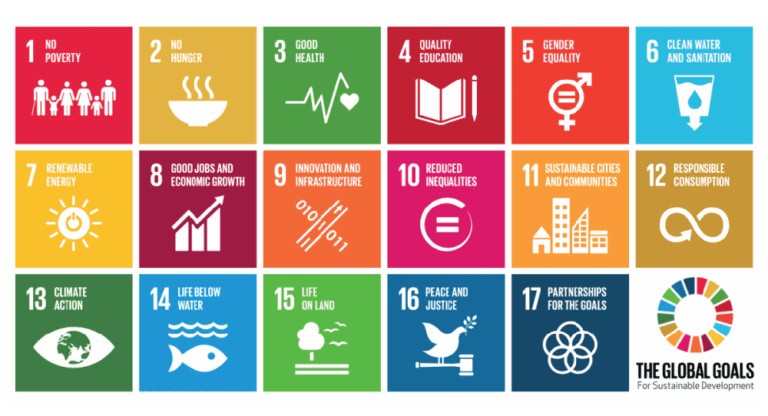
This article will lead you to understand the 17 Sustainable Development Goals.
The SDGs build upon decades of global efforts for sustainable development, following the Millennium Development Goals (MDGs). Unlike their predecessors, the SDGs are designed to be inclusive, universal, and interconnected. They emphasize that development must balance social, economic, and environmental sustainability. Each goal has 169 specific targets in total which serve as measurable steps toward achieving the overarching vision of sustainable prosperity by 2030.

The 17 Sustainable Development Goals Explained

SDG 1 – No Poverty
This goal aims to eradicate extreme poverty for all people everywhere, currently measured as living on less than $2.15 a day. It also targets equal access to economic resources, basic services, and social protection systems. An example of progress is the World Bank’s partnership with the UN to expand financial inclusion programs in sub-Saharan Africa, providing millions access to mobile banking and microcredit.
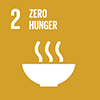
SDG 2 – Zero Hunger
This goal seeks to end hunger, achieve food security, and promote sustainable agriculture. It emphasizes doubling agricultural productivity and ensuring access to nutritious food for all. The Food and Agriculture Organization (FAO) supports programs that help smallholder farmers adopt climate-smart techniques, as seen in Kenya’s drought-resilient farming initiatives.
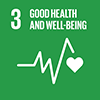
SDG 3 – Good Health and Well-being
This goal focuses on ensuring healthy lives and promoting well-being at all ages. Targets include reducing maternal mortality, ending epidemics like AIDS and malaria, and strengthening healthcare systems. The WHO’s global vaccination campaigns, particularly against polio and COVID-19, highlight international collaboration toward better health outcomes.
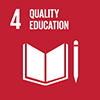
SDG 4 – Quality Education
Education is key to sustainable development. SDG 4 aims to ensure inclusive and equitable quality education and promote lifelong learning opportunities for all. The UN’s Global Education First Initiative has improved access to schooling for millions of children, especially girls, in developing countries.
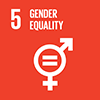
SDG 5 – Gender Equality
Gender equality is not only a fundamental human right but a necessary foundation for a peaceful, prosperous world. SDG 5 calls for ending all forms of discrimination and violence against women and girls. UN Women’s “HeForShe” campaign exemplifies efforts to engage men as allies for gender equity worldwide.
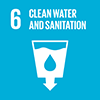
SDG 6 – Clean Water and Sanitation
This goal aims to ensure availability and sustainable management of water and sanitation for all. Targets include improving water quality and implementing integrated water resources management. The UNICEF–WHO Joint Monitoring Programme tracks progress, while projects like Water.org provide safe water solutions in developing regions.
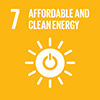
SDG 7 – Affordable and Clean Energy
SDG 7 promotes universal access to affordable, reliable, and modern energy services. It also targets a substantial increase in renewable energy and energy efficiency. The International Renewable Energy Agency (IRENA) reports global growth in solar and wind capacity, notably in India and China, contributing to cleaner energy transitions.
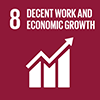
SDG 8 – Decent Work and Economic Growth
This goal supports sustained, inclusive economic growth, full employment, and decent work for all. The International Labour Organization (ILO) promotes fair labor practices and skills development, while initiatives like the UN Global Compact help companies adopt sustainable economic models.

SDG 9 – Industry, Innovation and Infrastructure
SDG 9 focuses on building resilient infrastructure, promoting inclusive industrialization, and fostering innovation. Investments in digital connectivity and green technology are central to this goal. The World Economic Forum’s “Shaping the Future of Advanced Manufacturing” initiative illustrates how innovation can drive sustainable industrial growth.
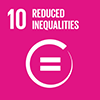
SDG 10 – Reduced Inequalities
Reducing inequality within and among countries is essential for social cohesion. SDG 10 calls for equal opportunities, safe migration, and financial inclusion. The UNDP works with governments to improve social protection and ensure that economic growth benefits all segments of society.
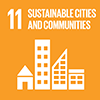
SDG 11 – Sustainable Cities and Communities
This goal promotes making cities inclusive, safe, resilient, and sustainable. Targets include improving urban planning, affordable housing, and public transport. The UN-Habitat program supports eco-city development and community-led housing initiatives around the world.
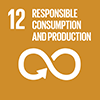
SDG 12 – Responsible Consumption and Production
SDG 12 encourages efficient use of resources, waste reduction, and sustainable lifestyles. The UNEP’s “One Planet Network” promotes sustainable consumption patterns through circular economy models and waste management innovations across industries.

SDG 13 – Climate Action
This goal urges urgent action to combat climate change and its impacts. It emphasizes strengthening resilience, integrating climate measures into policies, and supporting global climate finance. The Paris Agreement, coordinated by the UNFCCC, remains a cornerstone of global climate action.
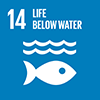
SDG 14 – Life Below Water
SDG 14 aims to conserve and sustainably use oceans, seas, and marine resources. Targets focus on reducing marine pollution and protecting coastal ecosystems. The UN’s “Clean Seas Campaign” combats plastic waste and promotes ocean-friendly practices across industries.

SDG 15 – Life on Land
This goal addresses terrestrial ecosystem preservation, reforestation, and biodiversity protection. The UN’s “Decade on Ecosystem Restoration” (2021–2030) drives reforestation projects worldwide, restoring millions of hectares of degraded land.

SDG 16 – Peace, Justice and Strong Institutions
SDG 16 advocates for peaceful, inclusive societies with access to justice and effective institutions. The UNDP and Transparency International promote governance reforms and anti-corruption frameworks to strengthen democracy globally.

SDG 17 – Partnerships for the Goals
This final goal reinforces that sustainable development requires global cooperation. It promotes partnerships across governments, civil society, and the private sector. The UN’s “Partnership Platform” connects organizations worldwide to align their efforts with the 2030 Agenda.
Final Thoughts
Acting together for a sustainable suture, the 17 Sustainable Development Goals represent a shared blueprint for global prosperity that respects both people and the planet. Achieving them requires coordinated efforts from individuals, governments, and organizations, all undertakings are included, even small and medium entreprises.
Businesses, in particular, play a critical role in aligning their strategies with the SDGs to create responsible growth and sustainable value chains. By embracing these goals, organizations can drive innovation, strengthen communities, and contribute to a just and resilient future for all.
All 17 SDG’s are gathered in an illustration called the “wedding cake” model for the Sustainable Development Goals (SDGs).
Personal Thoughts
The 17 Sustainable Development Goals are omnipresent in versatile reportings or other financial documentations. They do represent an universal reference, and more precisely a common reference which can be read, therefore interpreted, by anyone on planet Earth.
When I first found out these 17 goals, my first thought was that it was basic, may be too basic to be an international reference, but indeed the goals are a solid and basic framework for any people of our planet because none of these goals are achieved. Let’s have a look at the first two sustainable goals: no poverty and no hunger. Who could imagine after the first quarter of XXI century that hunger and poverty would not be eradicated, or at least on their way of being erased? Actually not, more and more people are getting poor and are hungry while more and more people and getting rich or richer. It remembers me an iconic song of Massive Attack, Hymn of the Big Wheel, in which Horace Andy, the singer, says “The earth spins on its axis, one man struggle while another relaxes”.
Eventually, the 17 Sustainable Development Goals could be an universal guideline and a common goal for people, governments and organizations worldwide.

Popularized by Fabrice Delobette